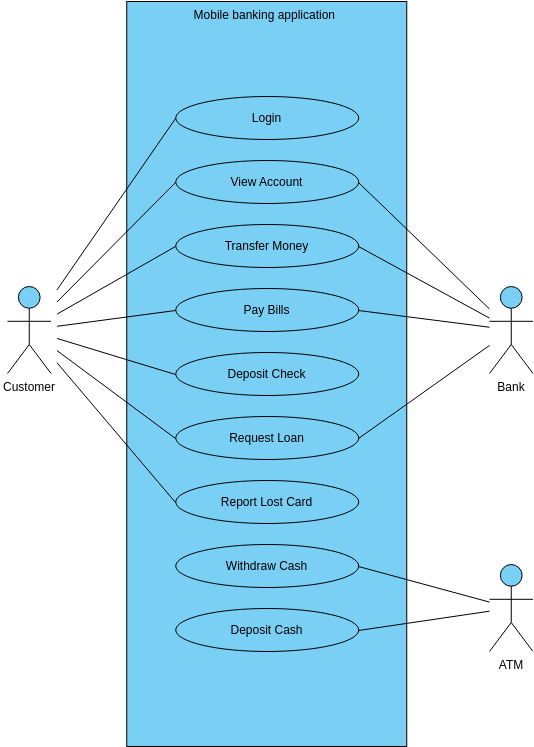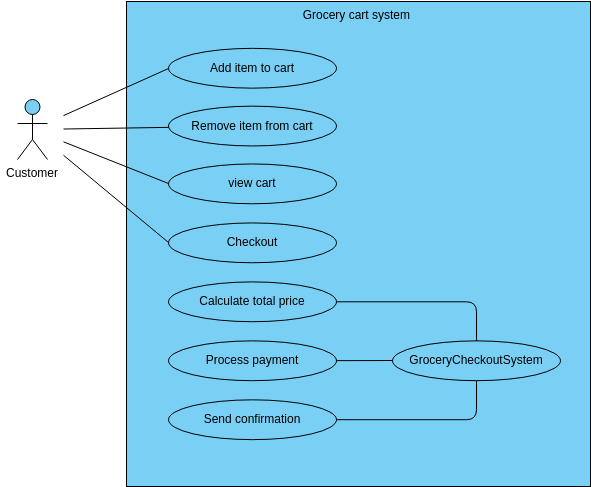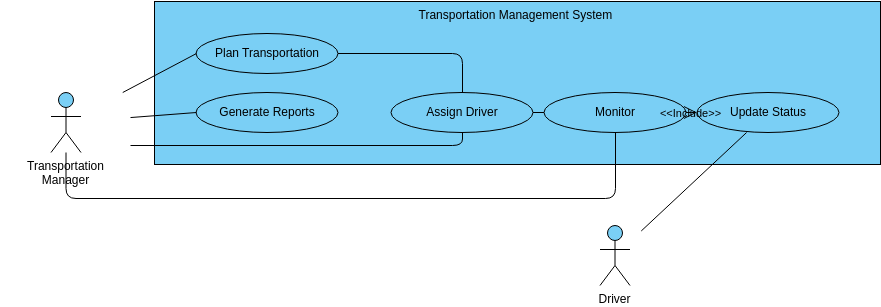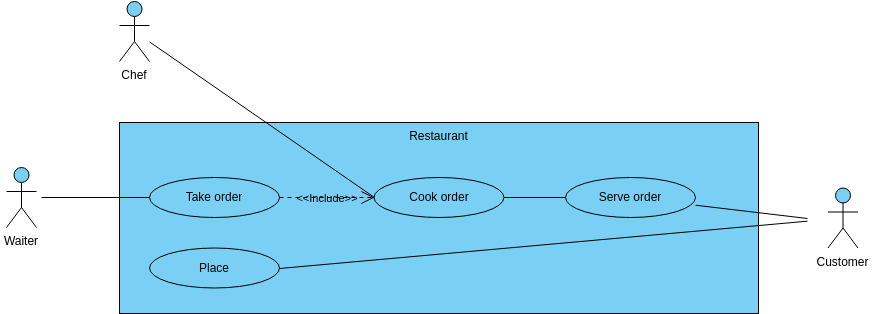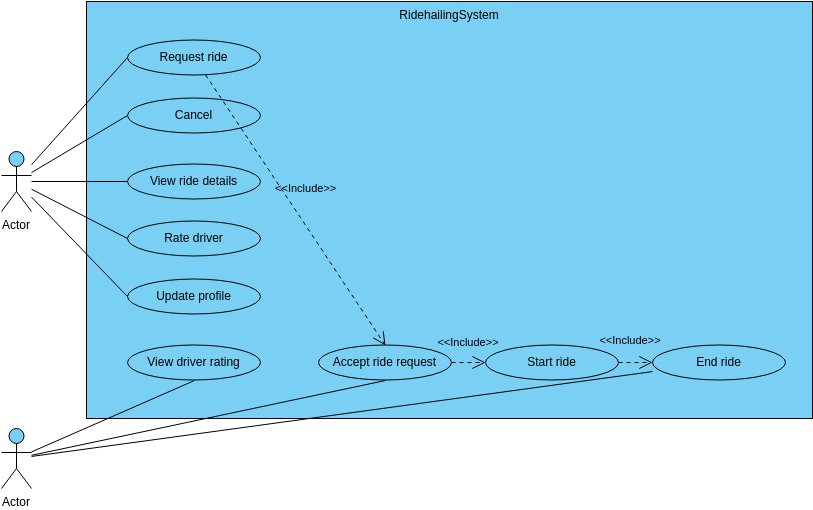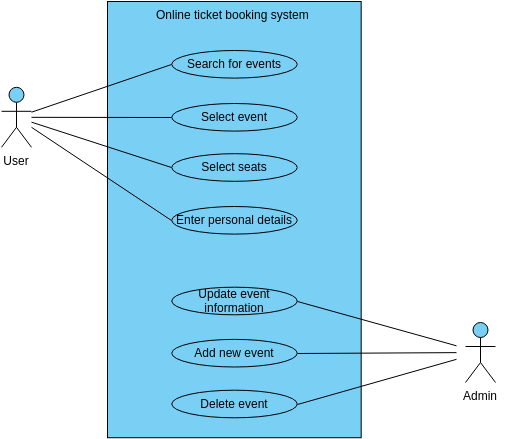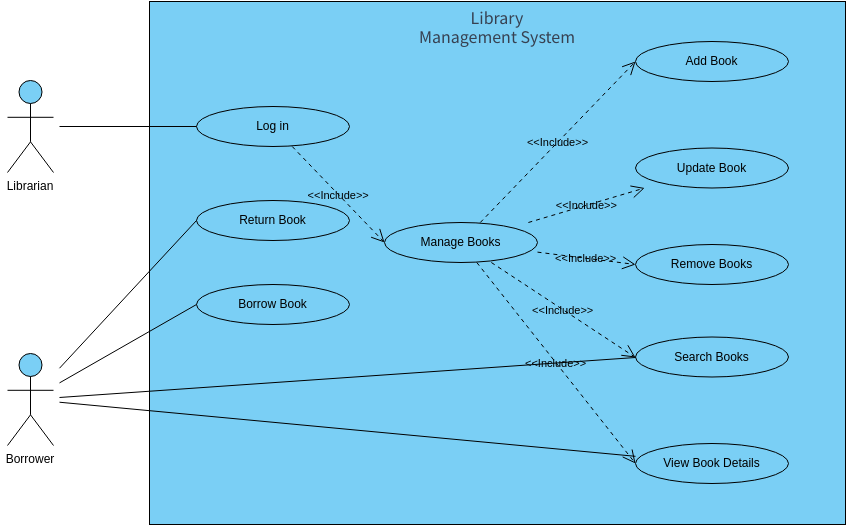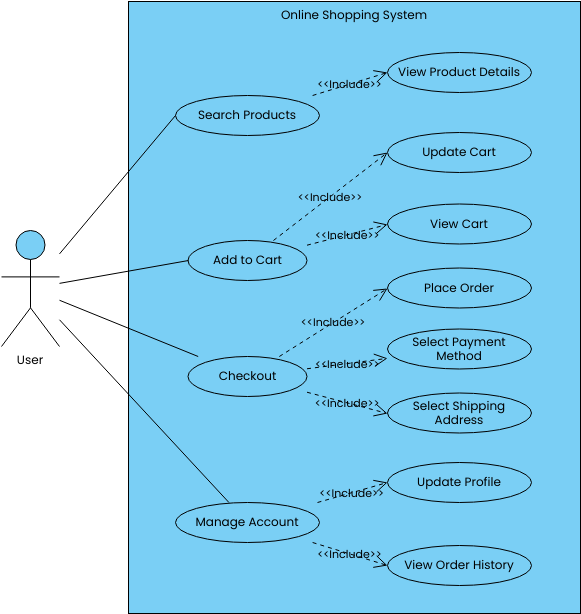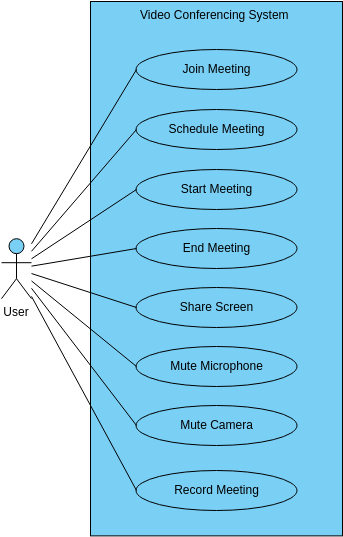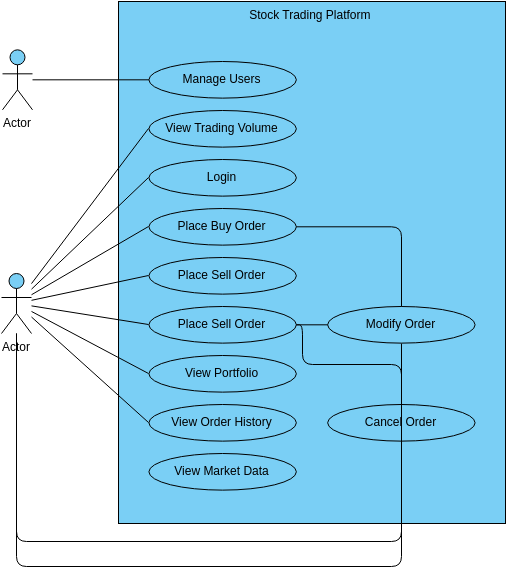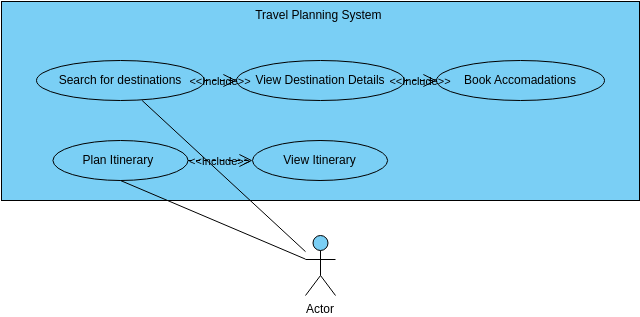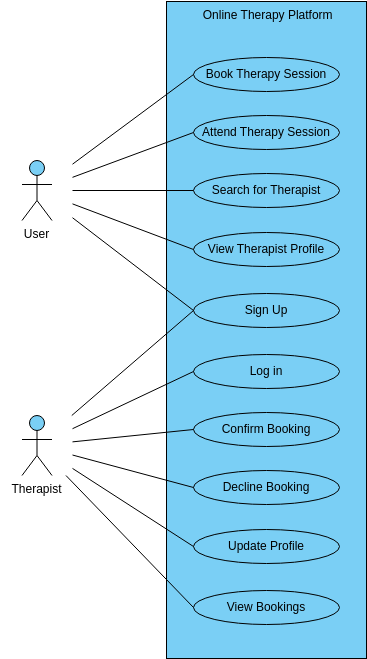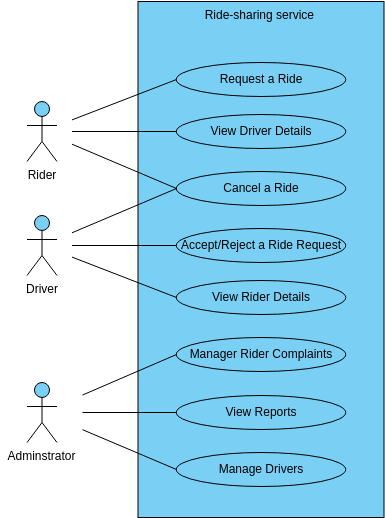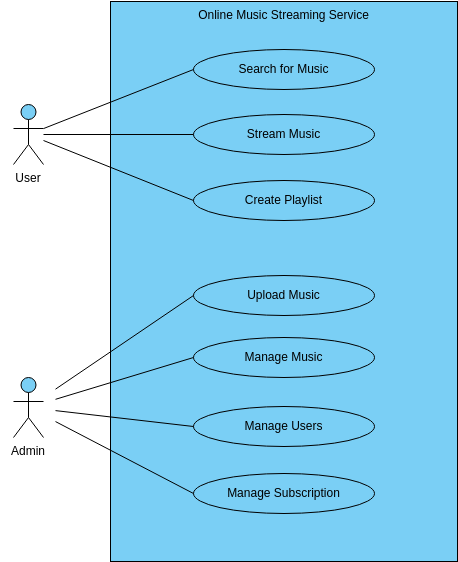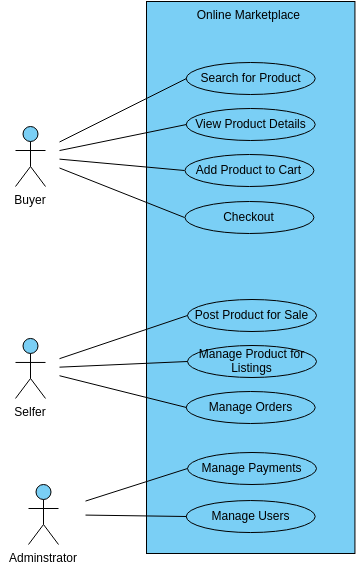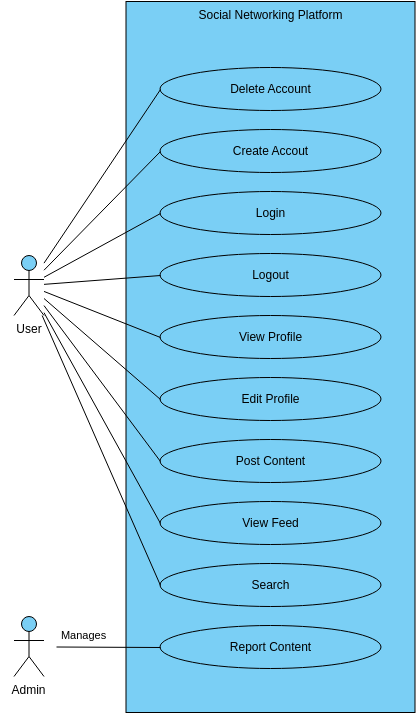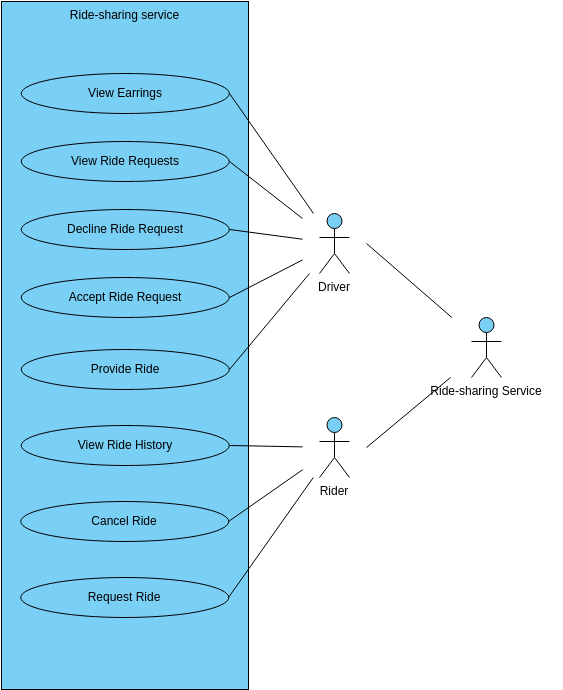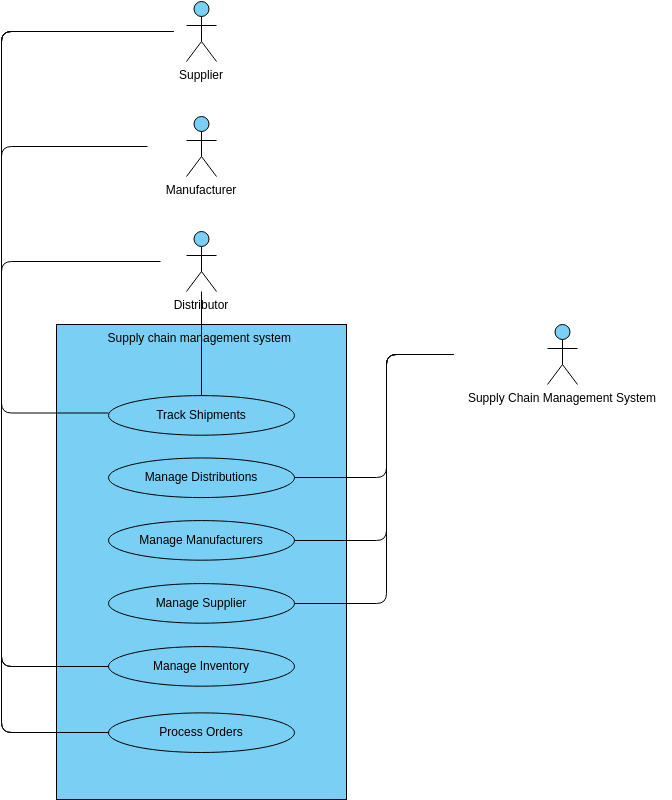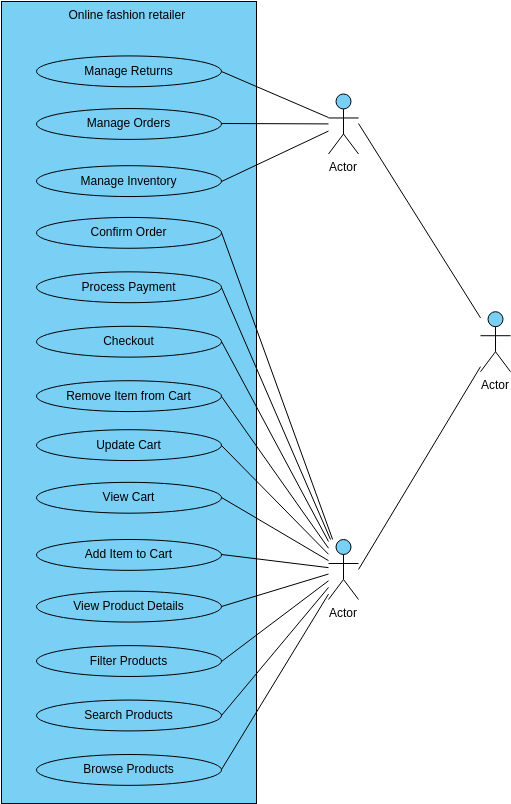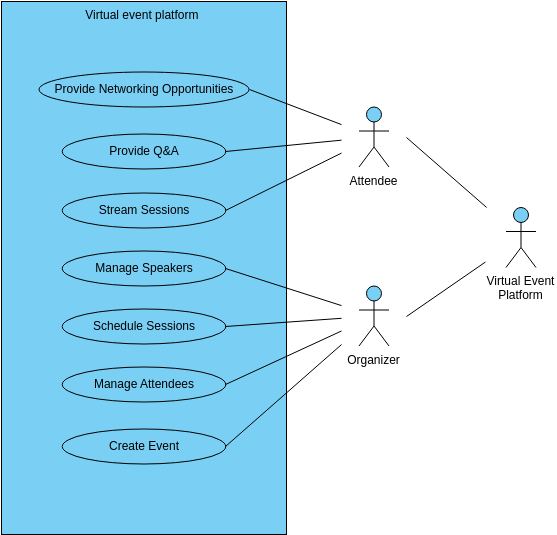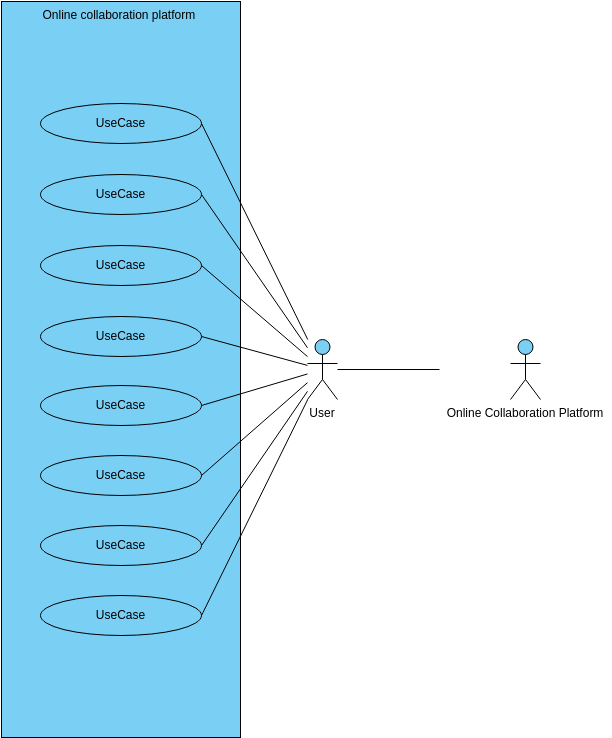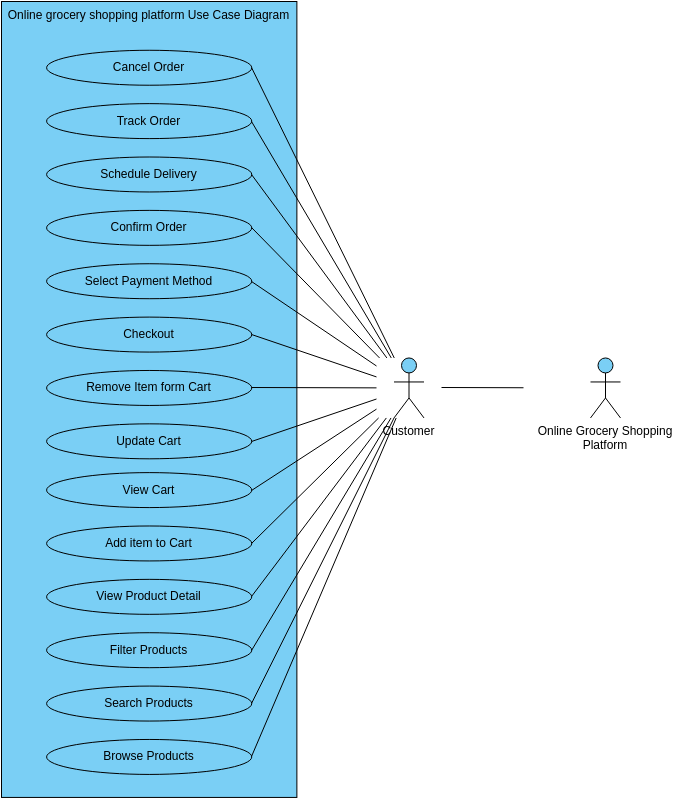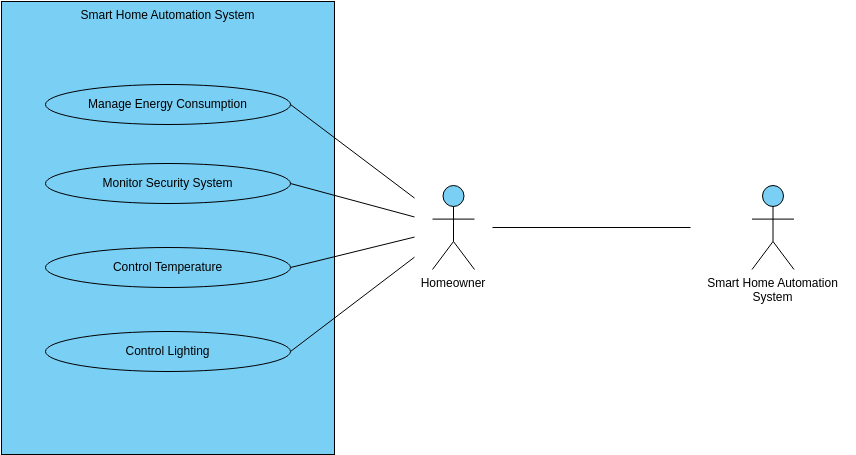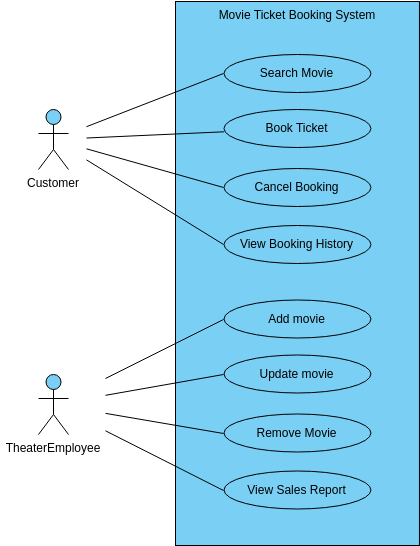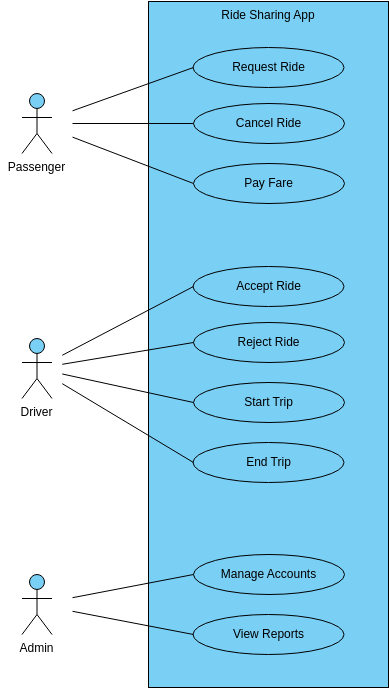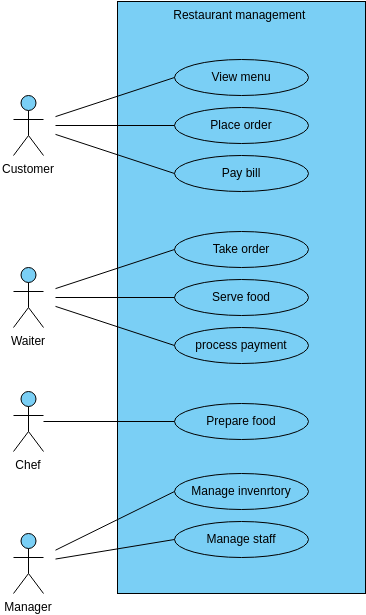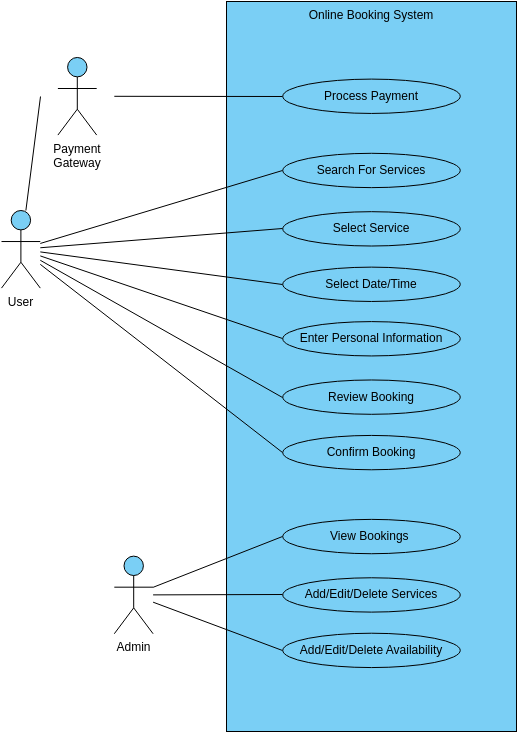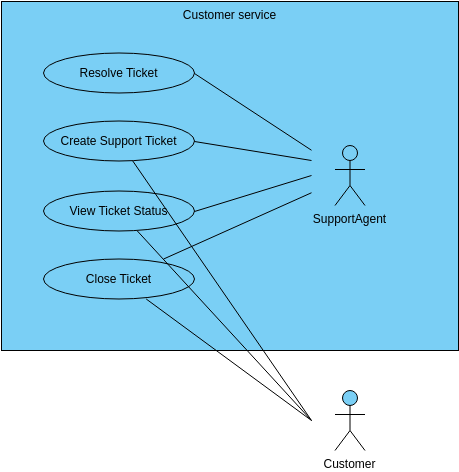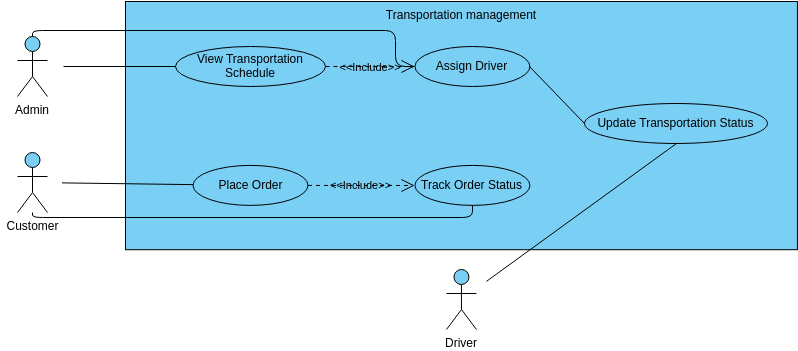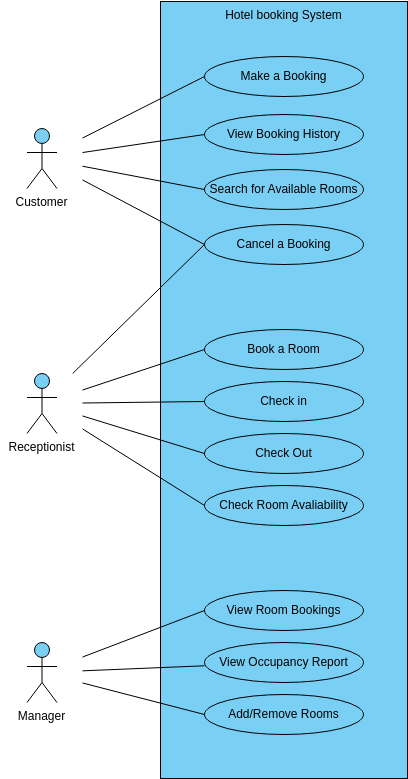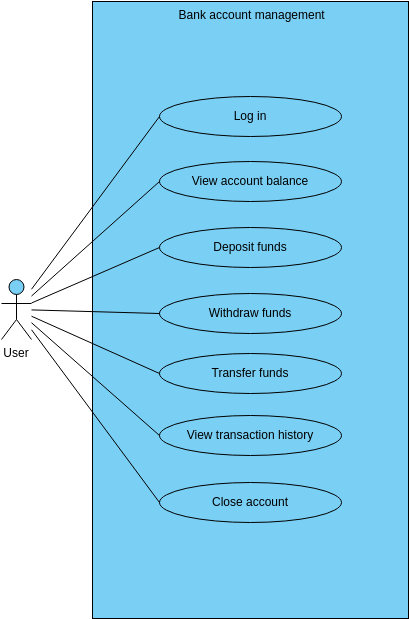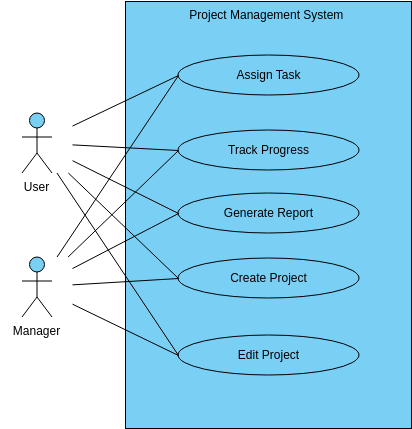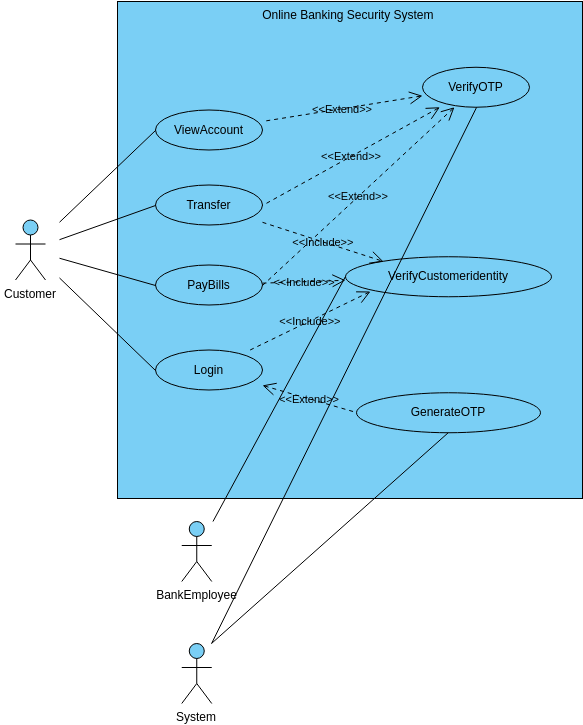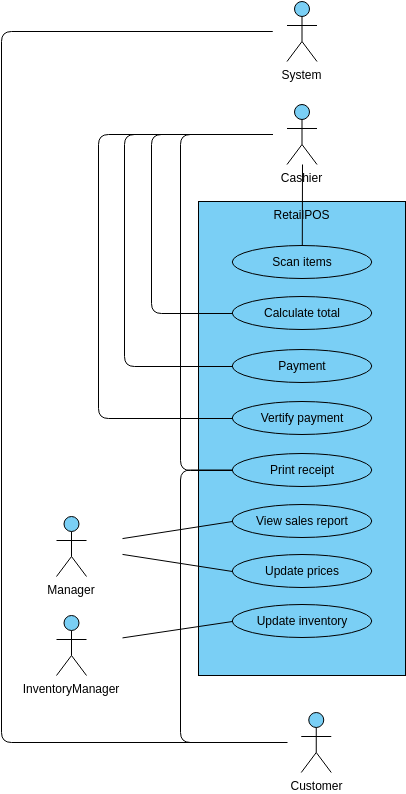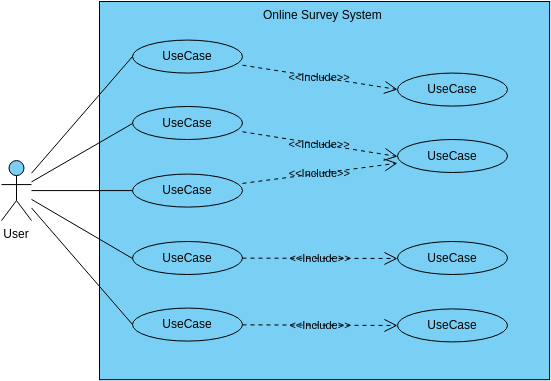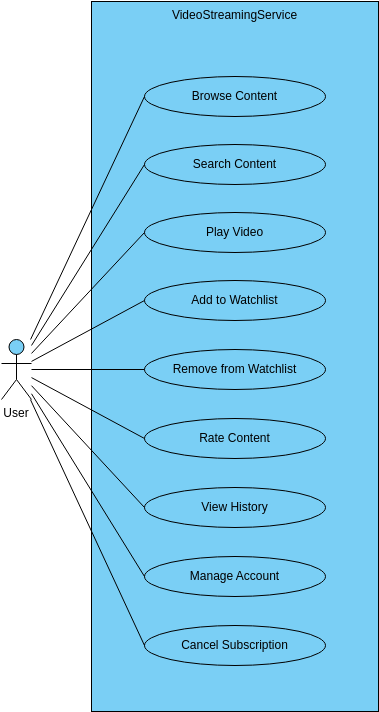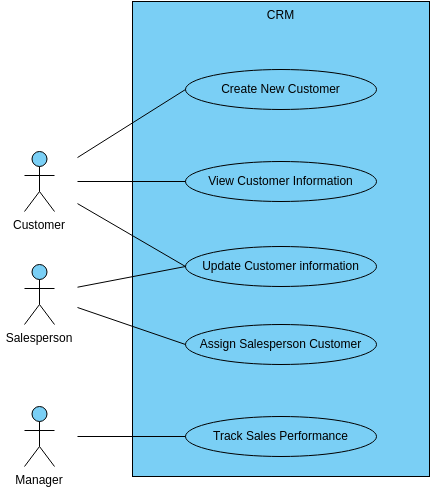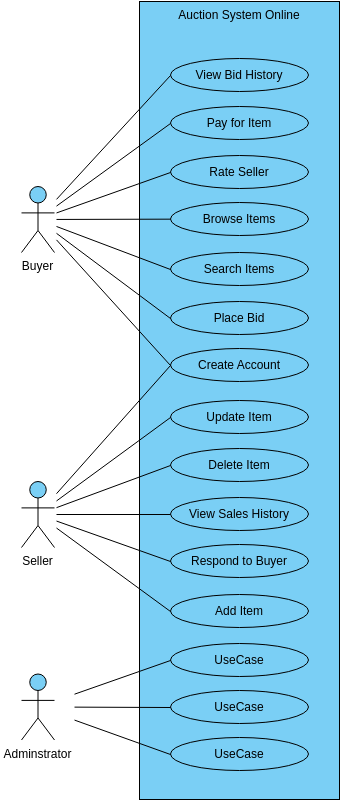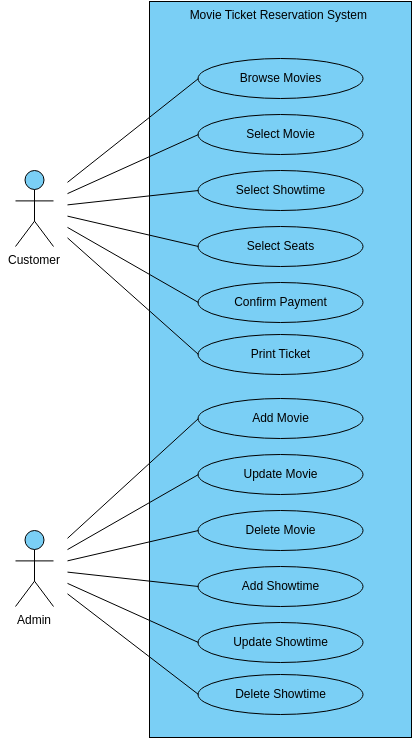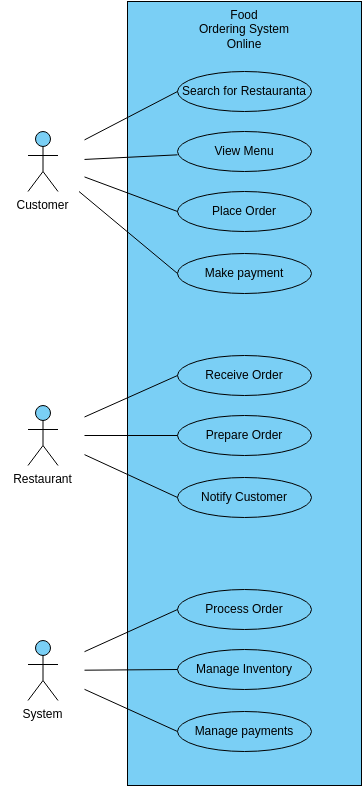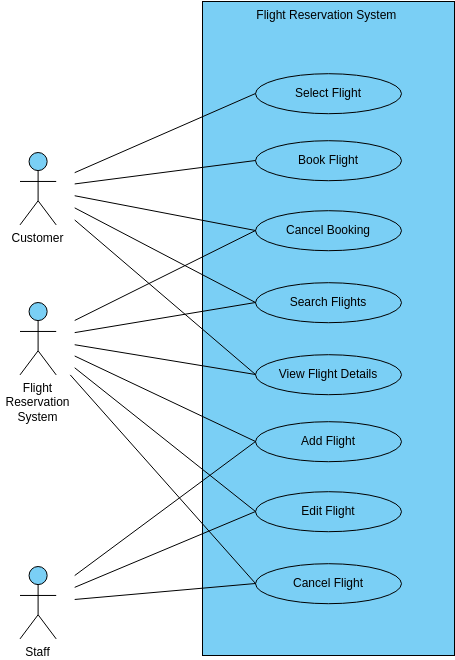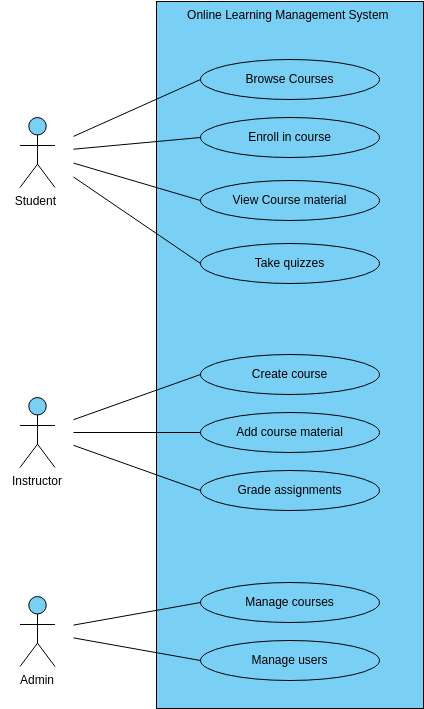Mobile banking application
The Mobile Banking Application is an essential platform for customers to access their bank accounts and perform transactions on-the-go. The application provides a user-friendly interface that makes it easy for customers to login, view their account information, and perform transactions securely.
One of the primary features of the application is the ability to login. This feature allows customers to access their bank accounts securely using their login credentials. The application provides a range of security features, such as two-factor authentication and biometric authentication, to ensure that customers can access their accounts safely.
The application also offers the ability to view account information. Customers can view their account balances, transaction history, and other account details. This feature enables customers to keep track of their finances and monitor their account activity.
Another essential feature of the application is the ability to perform transactions, such as transferring money and paying bills. Customers can transfer money between their accounts or to other accounts securely using the application. Additionally, customers can pay bills, such as utility bills and credit card bills, using the application. This feature enables customers to complete transactions quickly and conveniently, without the need to visit a physical bank.
Finally, the application provides the ability to report lost cards and deposit cash. Customers can report lost or stolen cards using the application, ensuring that their accounts remain secure. Additionally, customers can deposit cash into their accounts using the application, eliminating the need to visit a physical bank branch.
Benefits of creating this diagram
Creating a use case diagram for the Mobile Banking Application provides several benefits for the project team and stakeholders. Firstly, the use case diagram helps to define the scope of the system and identify the key functionalities that it should provide. This makes it easier for the project team to prioritize tasks and allocate resources effectively. By understanding the needs and requirements of customers and the bank, the team can develop a system that meets their expectations and provides a seamless user experience.
Secondly, the use case diagram helps to ensure that all stakeholders are on the same page when it comes to the system's functionality. This is important because stakeholders may have different expectations and interpretations of the system's scope. By clearly defining the system's functionalities and use cases, the project team can ensure that all stakeholders have a common understanding of what the system will do and how it will work. This can reduce misunderstandings and prevent delays or mistakes in the development process.
Searching for some user case diagram templates? Go to Visual Paradigm Online and select some designs for customization now!
